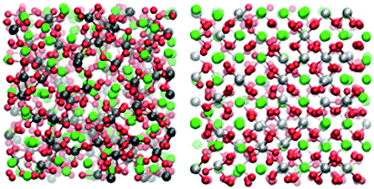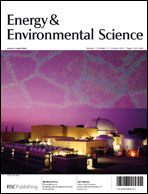Radiation tolerance of ceramics—insights from atomistic simulation of damage accumulation in pyrochlores
Abstract
We have used molecular dynamics simulations to investigate the effects of radiation damage accumulation in two pyrochlore-structured ceramics, namely Gd2Ti2O7 and Gd2Zr2O7. It is well known from experiment that the


 Please wait while we load your content...
Please wait while we load your content...